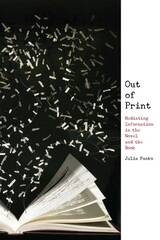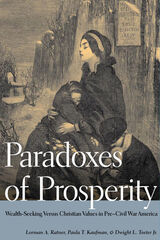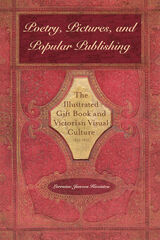The New York Money Market and the Finance of Trade, 1900–1913
Harvard University Press
Cloth: 978-0-674-61950-0
See other books on: 1900 - 1913 | Business & Economics | Economics | Finance | Trade
See other titles from Harvard University Press
Cloth: 978-0-674-61950-0
ABOUT THIS BOOK
ABOUT THIS BOOK
In the United States during the early years of the twentieth century, there were considerable seasonal variations in the balance of trade, primarily caused by the annual agricultural cycle. This intensive examination of the New York money market during the period demonstrates that the frequent fluctuations in monetary conditions were caused by these variations in the trade flows rather than by capital movements by banks. Some of the criticism of the structure of the banking system by contemporary economists, which encouraged the adoption of the Federal Reserve System, is shown to have been misplaced.
See other books on: 1900 - 1913 | Business & Economics | Economics | Finance | Trade
See other titles from Harvard University Press












